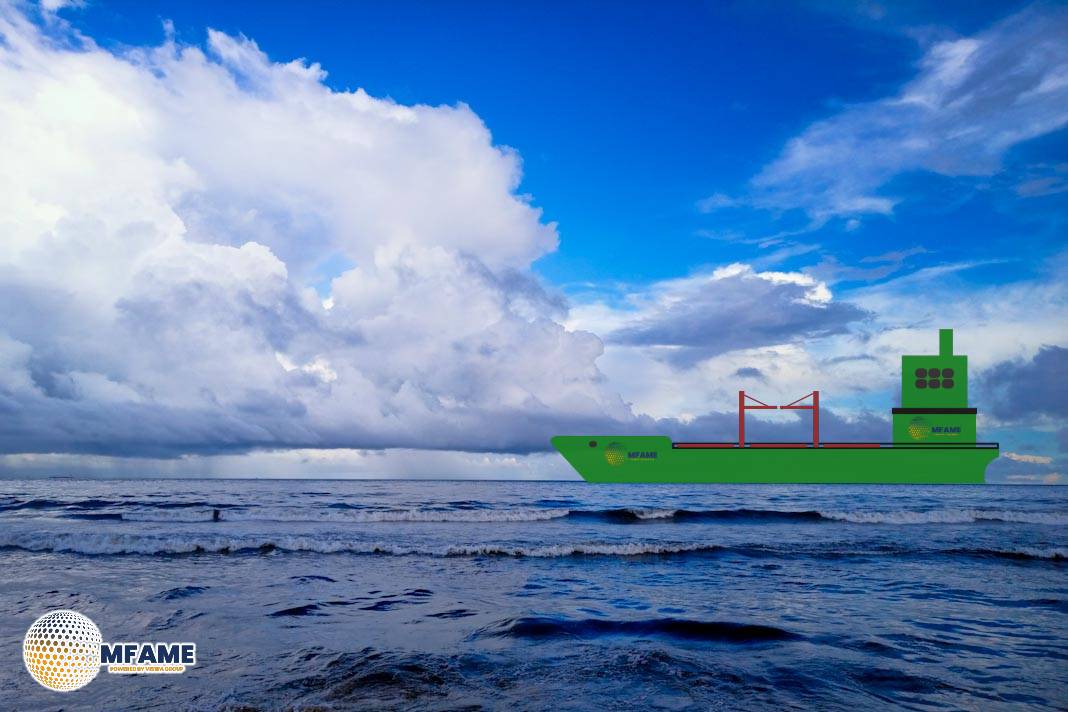- New Report Highlights Fire Risks of EV Transport on Ships
- Battery Management Systems Could Help Detect EV Fires Early, Says Report
- Structural Fire Protection, Crew Training Key to Safe EV Shipping
As an increasing amount of EVs are transported across the world, there has been an increase in onboard EV fire concerns, emphasizing better detection, prevention, and response. At present, there are no international regulations directly controlling the safe transport of EVs at sea. Although a few national and regional governments have promulgated their standards, the International Maritime Organization (IMO) is currently working on mandatory regulations for the transportation of new energy vehicles, such as EVs, with a deadline of 2027, reports Marine Technologies Forum.
Key Findings from the Report
The report offers a comprehensive structure for tackling EV fire risks, centred on early detection, fire prevention, firefighting measures, evacuation procedures, and crew training.
- Early Detection of Fire Risks: Early detection of heated EV batteries (EVBs) is of critical importance. Each vehicle can be equipped with a Battery Management System (BMS) that would trigger alarms and warnings to the ship’s monitoring systems.
- Preventing Explosions from Thermal Runaway: EV batteries can emit flammable gases in thermal runaway. Explosion-proof electrical devices should be fitted on the top deck to contain risks.
- Fire Protection and Fire Spread Prevention: Fires should be contained and EVs cooled effectively. Higher structural fire protection is required for the safe evacuation of the crew.
- Firefighting Manual Steps: A portable firefighting apparatus should be utilized in the initial phase of a fire. Excess water removal is vital to ensuring vessel stability when conducting firefighting activities.
- Fixed Firefighting Systems: The report contrasts various fixed fire extinguishing systems employed in vehicle spaces as mandated by SOLAS II-2/Reg.20. The merits and demerits of each system were examined objectively.
- Crew Safety During Firefighting: Knowledge of EV fire behaviour and car deck obstructions is imperative to successful manual firefighting. Crew safety has to be the top consideration in firefighting strategies.
- Strengthening Safety Management Systems: The Safety Management System of the PCTC vessels transporting EVs needs to be strengthened. Ev-specific fire hazards must be covered under regular training and fire drills.
Industry Leaders Emphasize the Importance of Safety Measures
Lars Lippuner, Director of UK Customer Maritime Services at the UK Maritime and Coastguard Agency (MCA), emphasized the significance of the report: “This report is a significant step toward safer transportation of electric vehicles. Our goal with this report is to provide the industry with the necessary information to develop effective regulations and safety measures.”
Hiroaki Sakashita, President & CEO of ClassNK, highlighted the importance of addressing EV fire risks: “By addressing the unique challenges posed by EV fires, we aim to enhance the safety of maritime operations and protect crews, ships, and cargoes. This report serves as a starting point for the development of safe carriage practices for EVs and aims to provide valuable information to regulators and industry stakeholders for further development.”
As the maritime industry awaits formal regulations from the IMO, this report provides crucial insights to improve safety standards for EV transportation on ships.
Did you subscribe to our daily Newsletter?
It’s Free Click here to Subscribe!
Source: Marine Technologies Forum
















